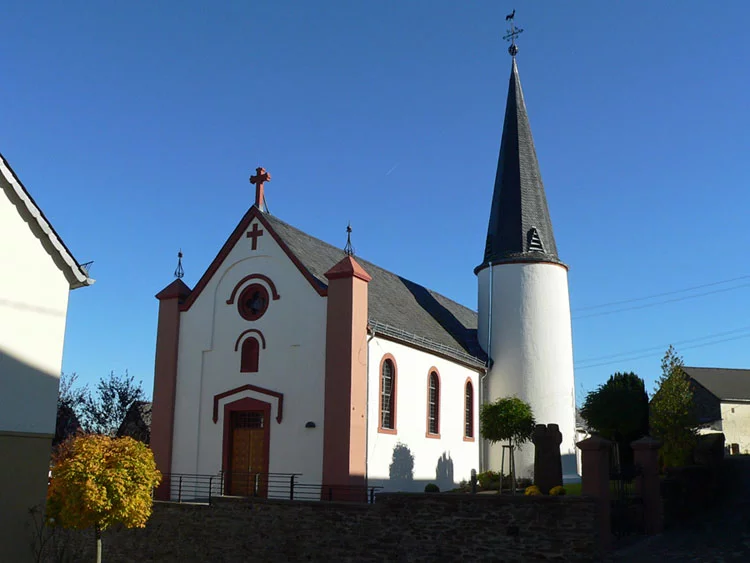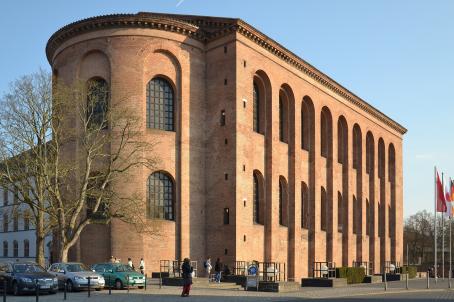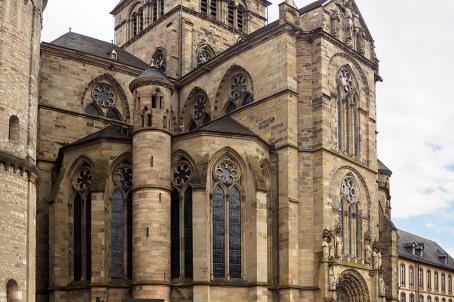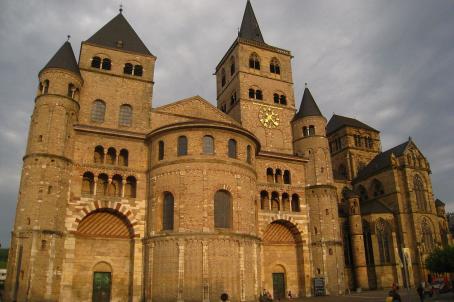Dreifaltigkeits-Kirche, Bescheid
Dreifaltigkeits-Kirche is located in Bescheid, a village in Rheinland-Pfalz in the Verbandsgemeine Hermeskeil.
About this building
More information about this church at https://www.roundtowerchurches.net/deutschland-germany/bescheid-2/






